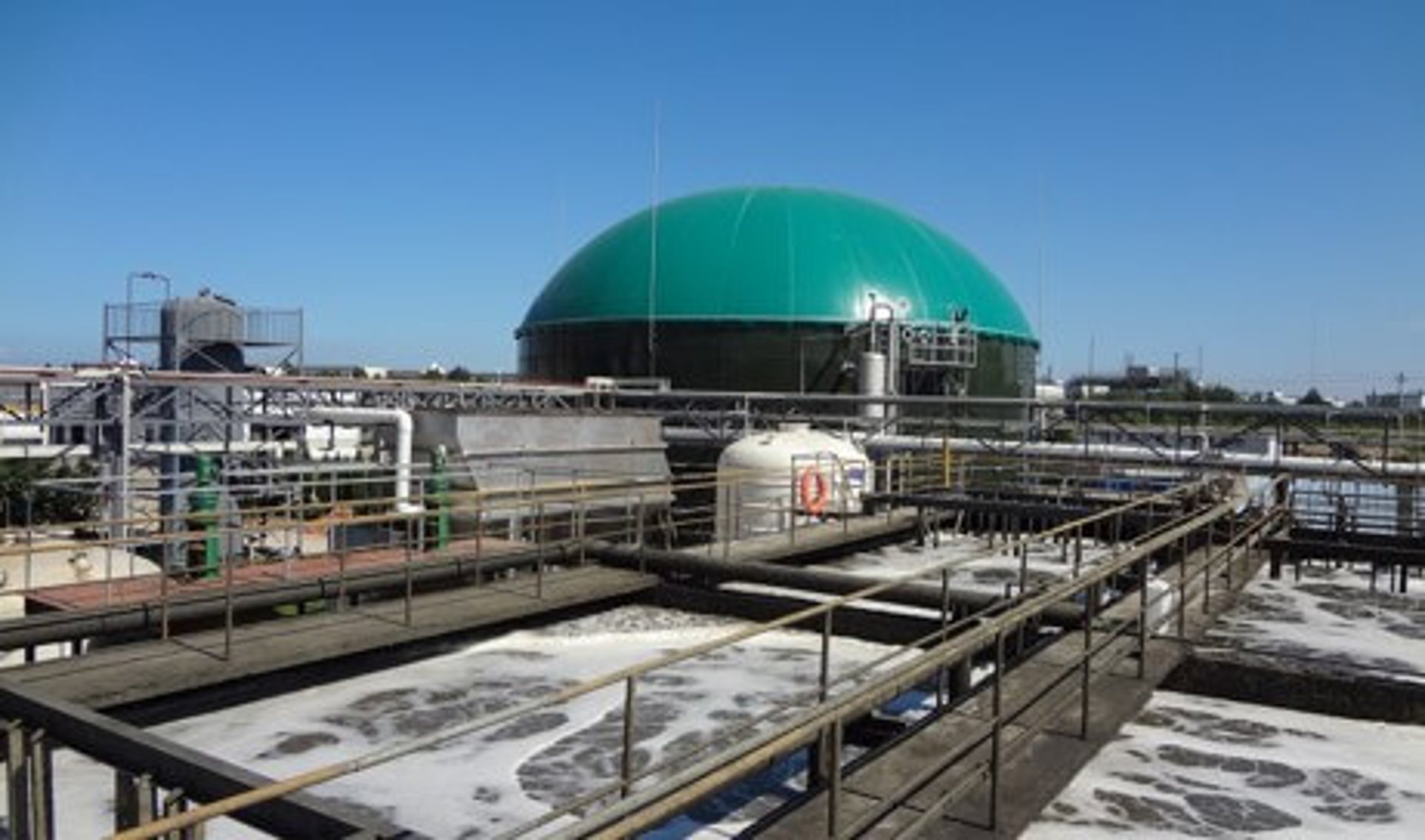
How do MBR systems work?
Membrane Bioreactors (MBRs) represent an advanced solution for wastewater treatment, integrating conventional biological treatment processes with membrane filtration. The process involves several key steps:
1. Biological Treatment:
Wastewater undergoes biological treatment in a bioreactor, where organic matter is degraded by microorganisms. This occurs in the same tank where the membrane modules are installed.
2. Membrane Filtration:
Following biological degradation, the wastewater undergoes filtration through ultrafiltration or microfiltration membranes. These membranes have tiny pores that allow water to pass through while retaining suspended solids, bacteria, and viruses.
3. Aeration:
Aeration is essential in the MBR process, as it provides oxygen to microorganisms for biological treatment and helps keep the membranes clean to prevent fouling.
4. Permeate Extraction:
The clean water that passes through the membrane, known as permeate, is of high quality and can be reused or discharged to the environment while meeting stringent standards.
5. Sludge Management:
The solids retained by the membrane are periodically removed from the system as waste activated sludge, which can be further processed or disposed of according to regulations.
MBRs offer high pollutant removal, including nutrients like nitrogen and phosphorus, and can be scaled to suit different treatment capacities for municipal and industrial wastewater treatment.
Choosing Memtik Water for MBRs provides several advantages, including expertise, customized solutions, advanced technology, quality and compliance, customer-centric service, environmental responsibility, and cost-effectiveness. Additionally, the benefits of MBR technology include superior water quality, compact footprint, high operational efficiency, low sludge yield, flexibility and scalability, automated operation, enhanced nutrient removal, energy efficiency, adaptability, and other advantages.
Memtik Water's MBR systems deliver superior water quality, advanced nutrient removal, automated control systems, flexibility in treatment capacity, resistance to upset conditions, reduced sludge production, space-saving design, eco-friendly operation, streamlined installation and commissioning, and long-term support in wastewater management.
To revolutionize your wastewater treatment process with MBR technology, contact Memtik Water for a tailored, efficient, and sustainable solution.
Why Choose a Membrane Bioreactor System?
High-Efficiency Treatment
MBR plants offer many benefits, including their renowned high-efficiency treatment. This results in excellent treated effluent, surpassing the standards set by environmental regulations.
Compact Design
These systems also feature a compact design, making them ideal for locations with space constraints. MBR systems have a smaller footprint compared to conventional systems.
Scalability
Another advantage is the scalability of Newterra’s MBR plants. This ensures that they can adapt to changing capacity needs, making them a cost-effective and future-proof solution.
Easy Installation
Their easy installation process means these systems reduce setup time and minimize disruption. This is particularly beneficial in areas with limited access or sensitive environments.
Still trying to decide if a Membrane Bioreactor System is right for your project? No problem. Membrane bioreactors (MBRs) are an increasingly popular wastewater treatment system that offer a range of advantages over traditional wastewater treatment solutions.



Municipal wastewater treatment
MBR systems were originally developed for municipal wastewater treatment applications, with a focus on water reuse and recycling. The MBR is an ideal process for treating or recycling municipal wastewater in water and space-limited locations because of its compact size, ability to produce reusable water (by retaining solids, bacteria and viruses), and trouble-free operation.


Industrial wastewater treatment
Industrial waste streams may include high organic loadings and chemical substances that are particularly difficult to handle or degrade, making biologically-stable processes like MBR more desirable. MBRs completely retain the biomass and this enables a higher biodiversity of the bacteria and protozoa population, favoring the biodegradation of recalcitrant substances (such as herbicides, pesticides, etc.).


Grey water recovery and sludge thickening
Our MBR products can also be used to increase the water recovery of granular filtration or pressurized MF/UF systems. Additionally, they can be used to thicken the waste activated sludge from activated sludge WWTPs in order to reduce its disposal cost.


Landfill leachate treatment
Landfill leachates usually contain high concentrations of organic and inorganic compounds. MBR systems have been successfully used in combination with additional treatment steps to remove soluble organics and for inorganics and heavy metals, such as nanofiltration and reverse osmosis processes.











